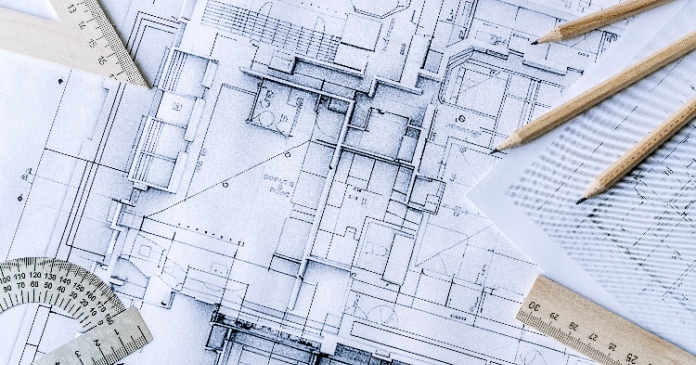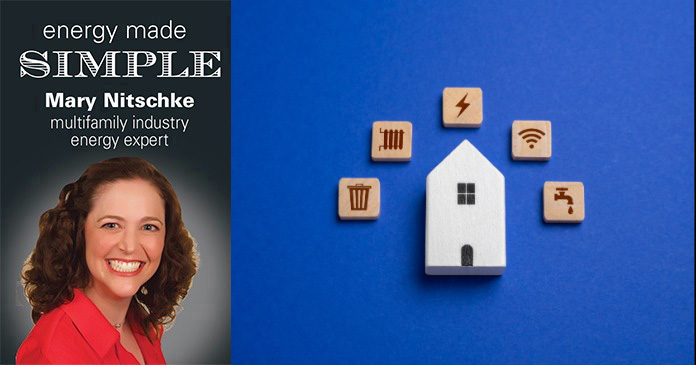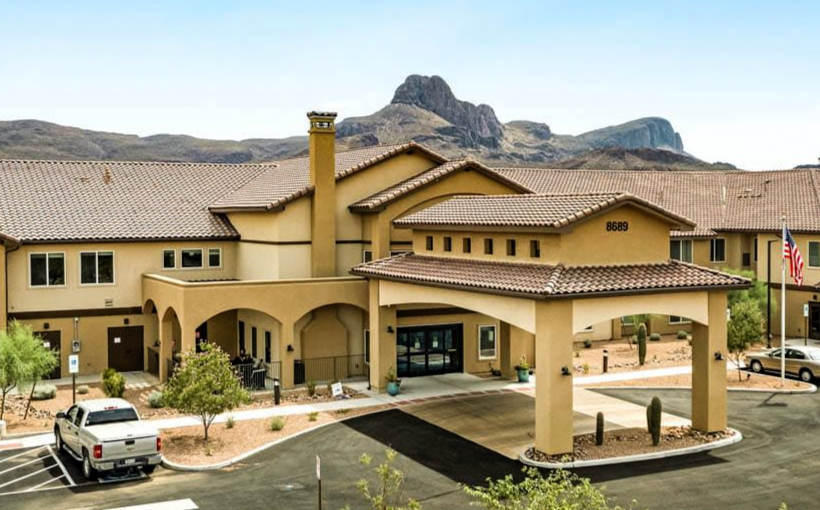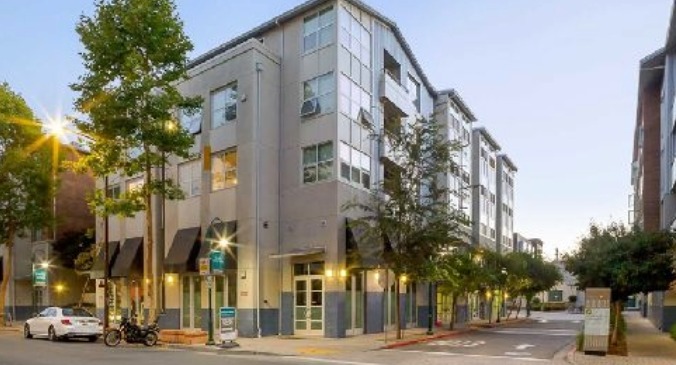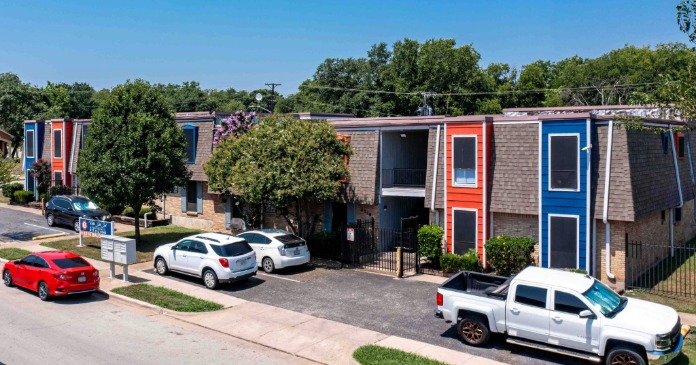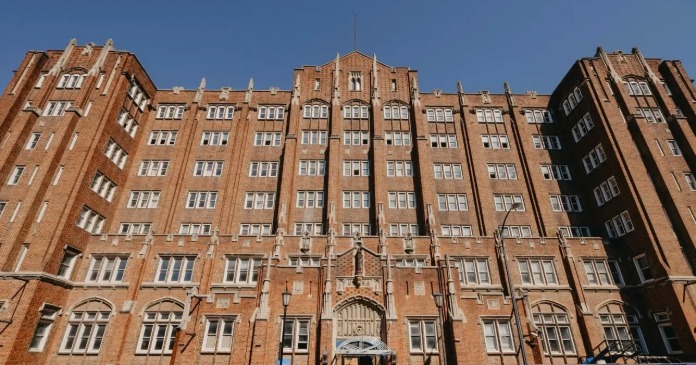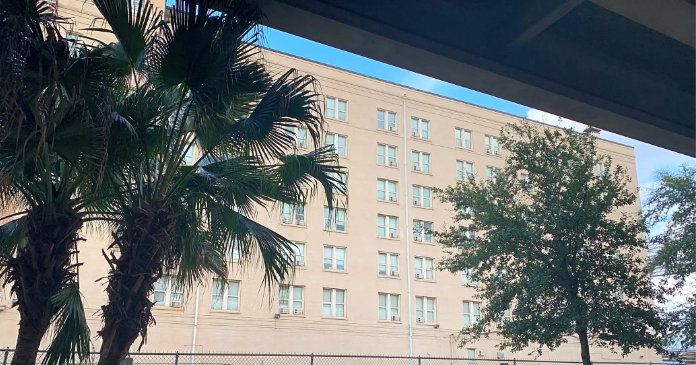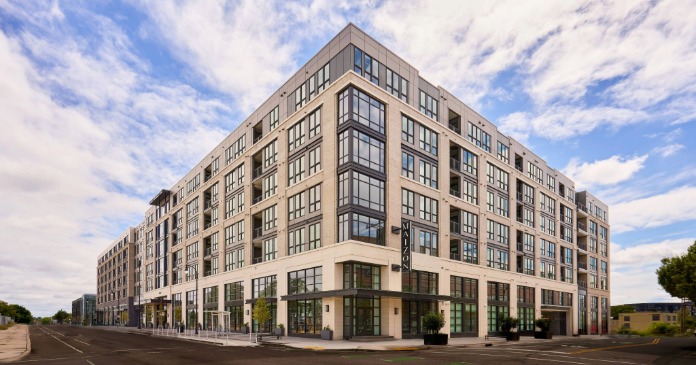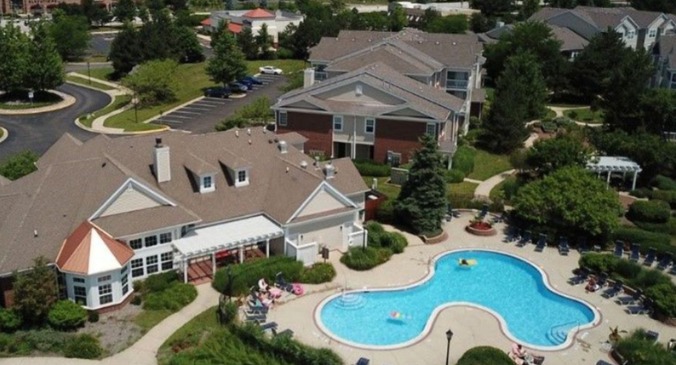The time it takes to build new apartments ticked down slightly in 2024, though not all projects benefited from faster delivery. According to the U.S. Census Bureau’s 2024 Survey of Construction (SOC)—analyzed this month by Na Zhao, Ph.D., for the National Association of Home Builders (NAHB)—it took an average of 19.6 months to complete a multifamily building after obtaining authorization. That’s about 0.3 months shorter than the apartment contruction timelines in 2023. And, in the previous year (2022), the average length of time to complete construction of a multifamily building, after obtaining permits, was 19.8 months, as noted by Yield Pro based on Census Bureau data.

While the change is modest, it marks a small improvement despite the industry’s continued struggle with skilled labor shortages, financing constraints and supply-chain inefficiencies. As Zhao notes in NAHB’s Eye on Housing report (October 6, 2025), “While apartment contruction timelines remain lengthy, this modest decline occurred despite the industry continuing to grapple with a shortage of skilled labor.”
Size Still Matters
Construction timelines continue to vary widely by project size, design complexity and external factors like weather. On average, completion of the central structural phase, erection of the building, takes 12 to 24 months, according to Varesco Design Build Group, which provides architectural and construction services for commercial real estate.
The SOC data show that larger buildings take significantly longer to complete. In 2024, projects with 20 or more units averaged 22.1 months from permit to completion, the longest among multifamily categories. By contrast, two- to four-unit buildings were finished fastest with a timeline averaging 15.3 months. Mid-sized projects fell in between, with 10 to 19-unit buildings taking 19.2 months to complete and five- to nine-unit buildings taking 19.1 months.
However, not all categories saw improvement. The two- to four-unit segment shortened completion time by 2.3 months compared to 2023, but 10- to 19-unit buildings took 2.3 months longer, and five- to nine-unit buildings saw the timeline extended by 2.2 months.
The data suggest that while the largest and smallest projects may be moving more efficiently, mid-sized developments are facing new bottlenecks that possibly are linked to tighter subcontractor availability, permitting delays and/or financing hurdles affecting smaller developers.
Regional Disparities Remain
The Northeast once again had the longest average construction duration at 23.4 months, followed by the West at 19.9 months. The South came in at 18.5 months, and the Midwest saw the shortest timelines, averaging 17.3 months.

These differences align with local conditions. Builders in the Northeast often contend with dense urban sites, lengthy approval processes, and complex building codes, while the Midwest’s relatively faster pace reflects lower density, less red tape, and more predictable scheduling.
A Slow Adjustment, Not a Breakthrough
Even with the small decline in average completion time, construction remains a lengthy process. The industry continues to face persistent labor shortages and elevated borrowing costs, factors that can delay groundbreakings and slow project delivery. Many developers have shifted focus toward value-add acquisitions and selective infill projects, waiting for interest rates and construction costs to stabilize before launching new developments.
Still, incremental gains in construction efficiency, whether through improved project management, modular methods, or streamlined permitting, can have an outsized impact in today’s tighter market. A few weeks saved on delivery can help developers capture rent sooner and reduce carrying costs, a meaningful advantage when margins are thin.


